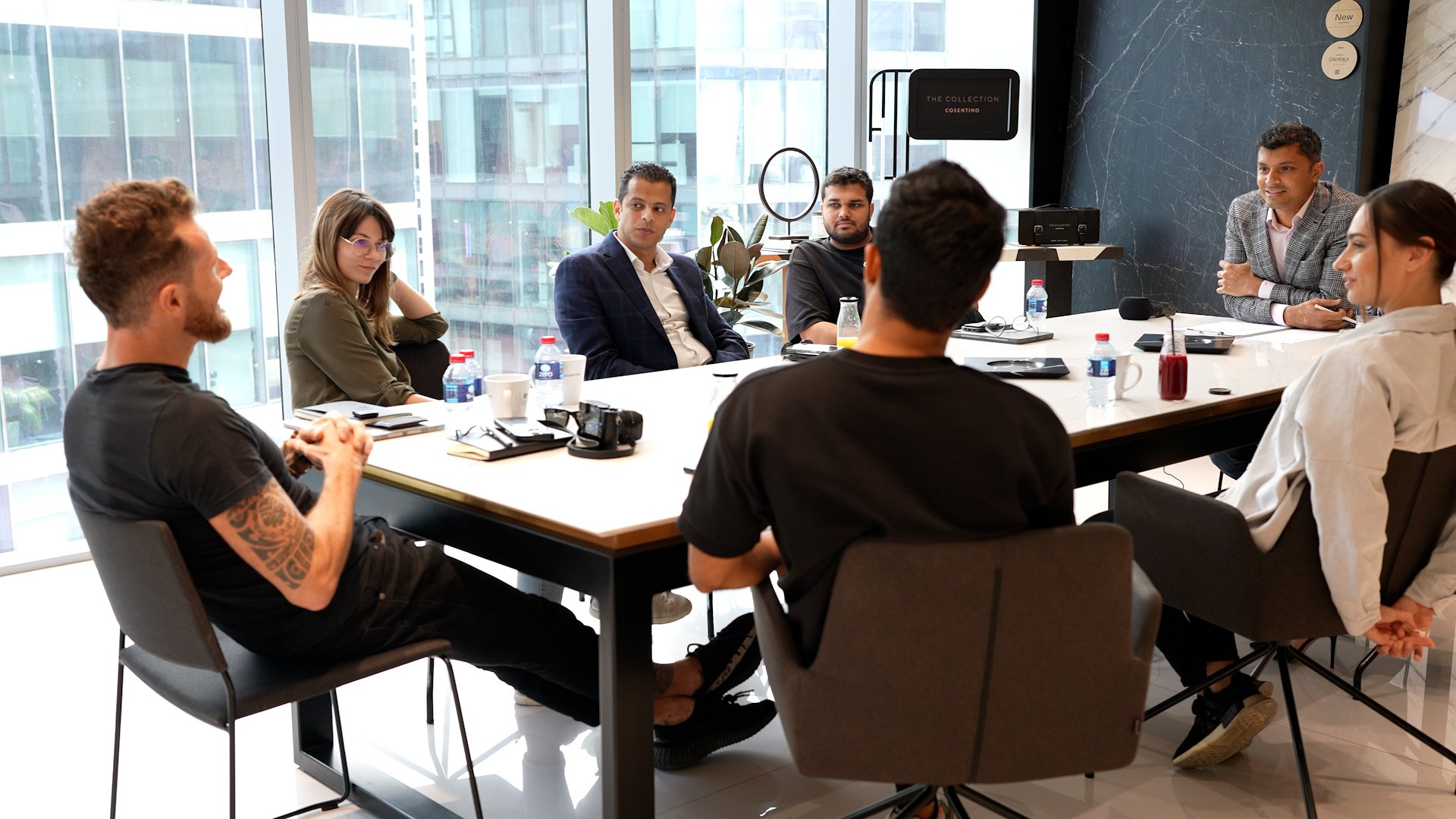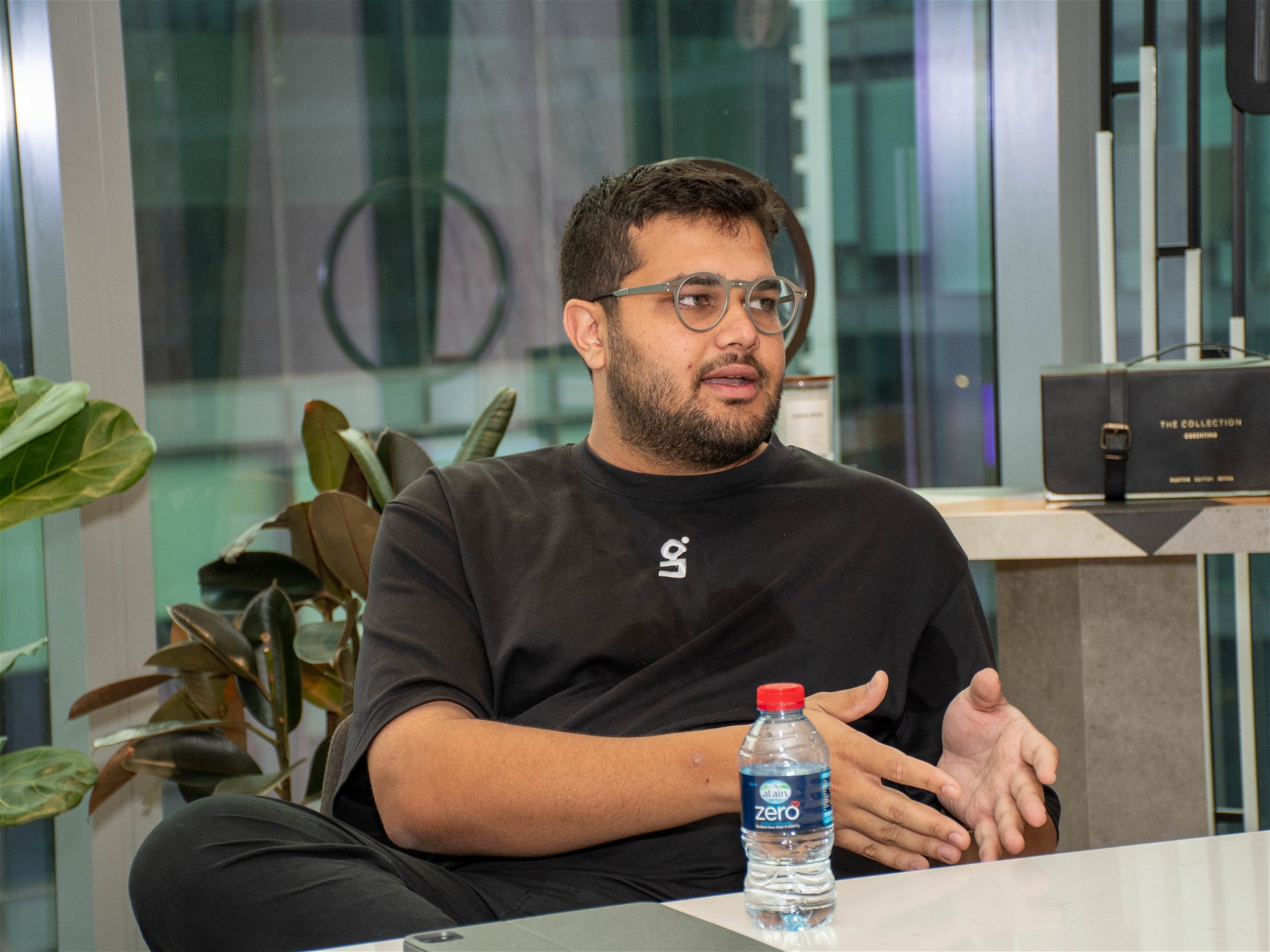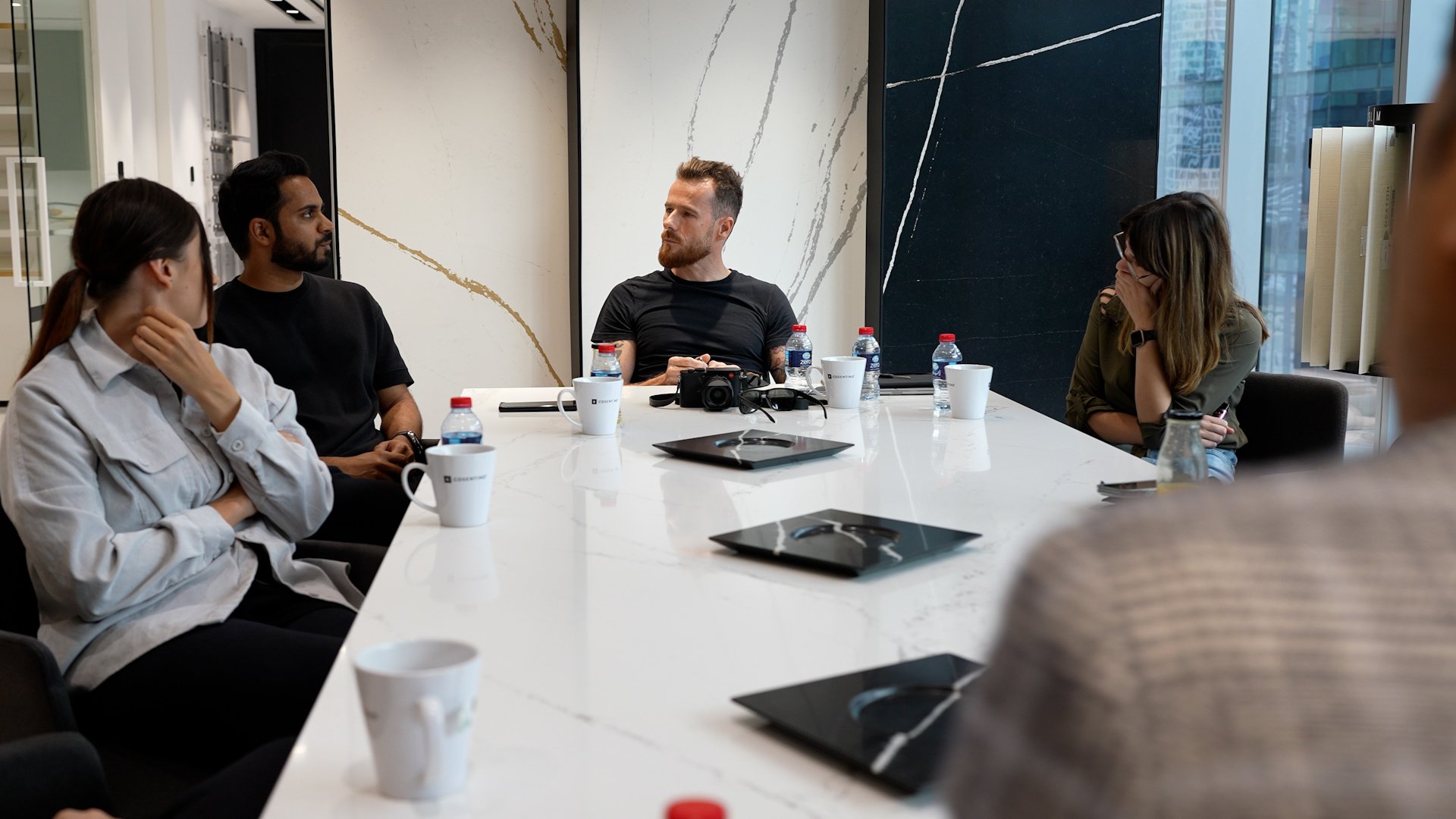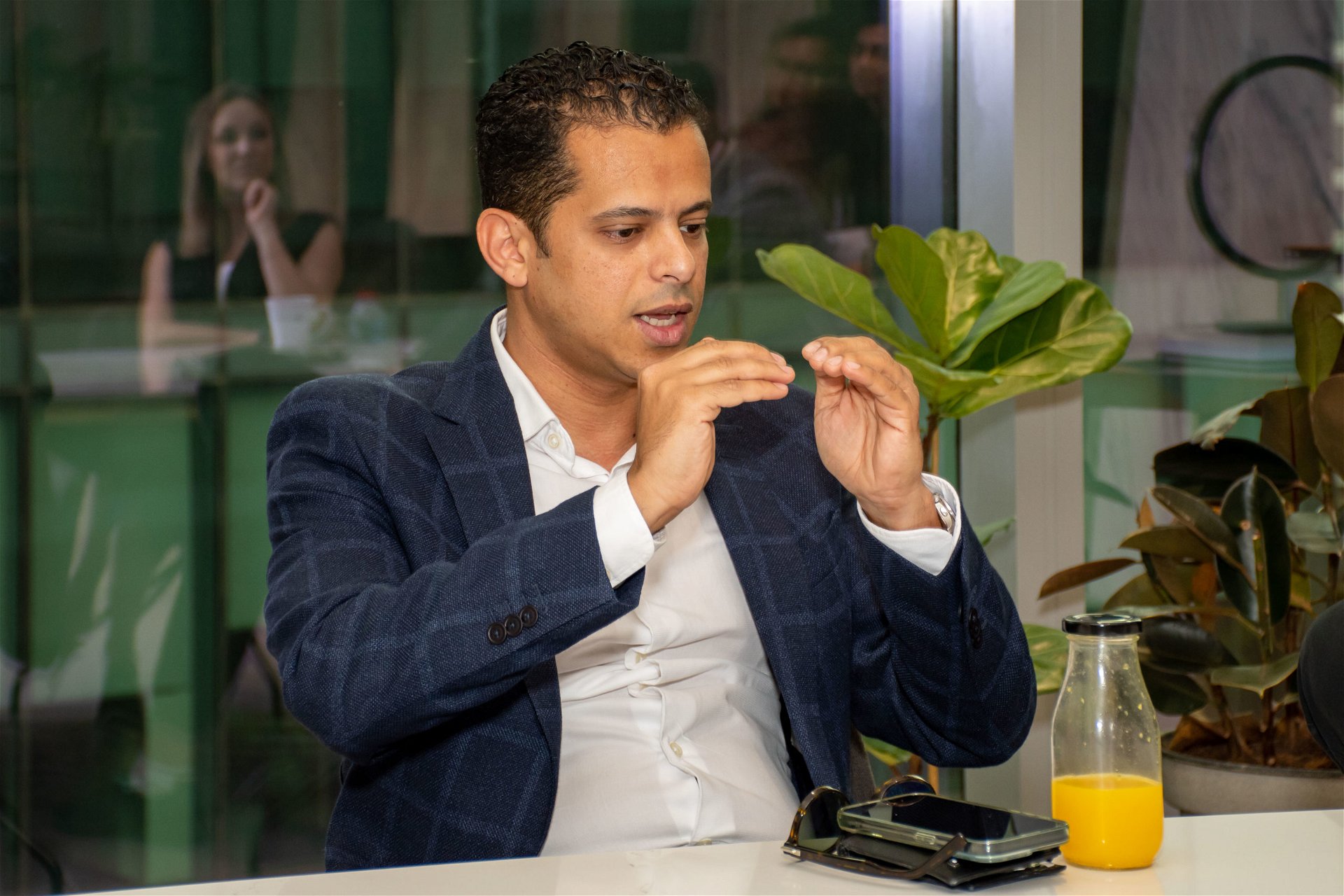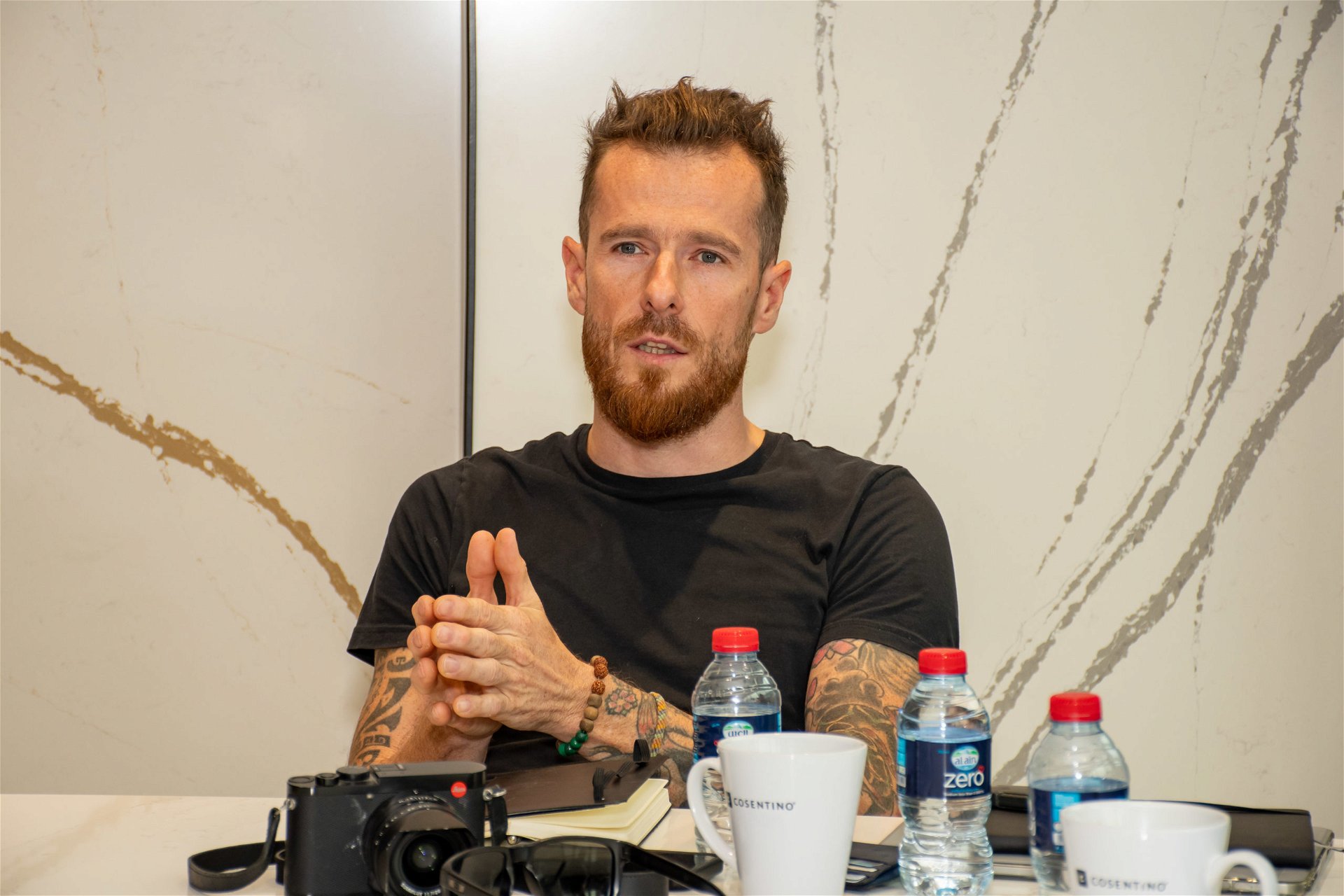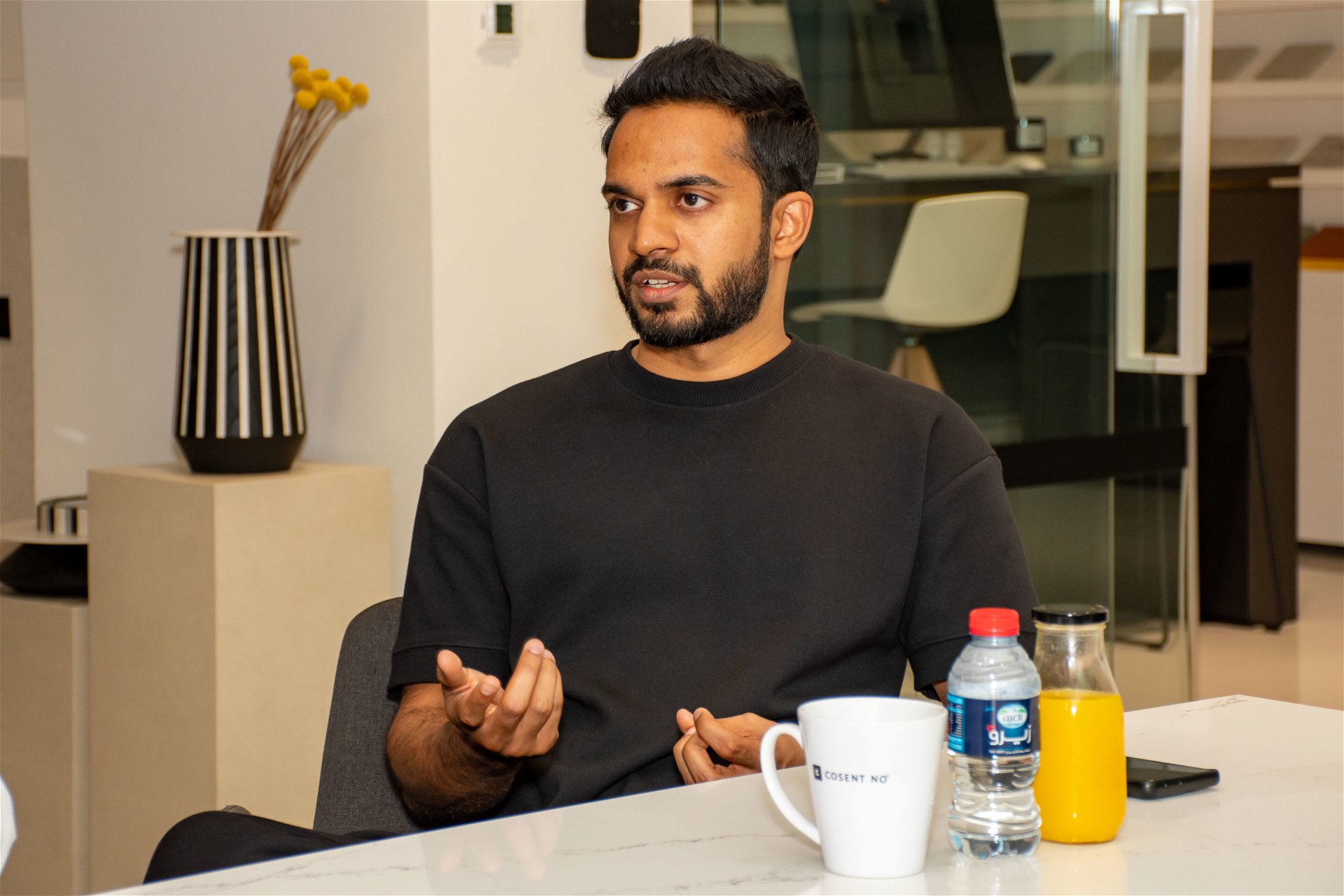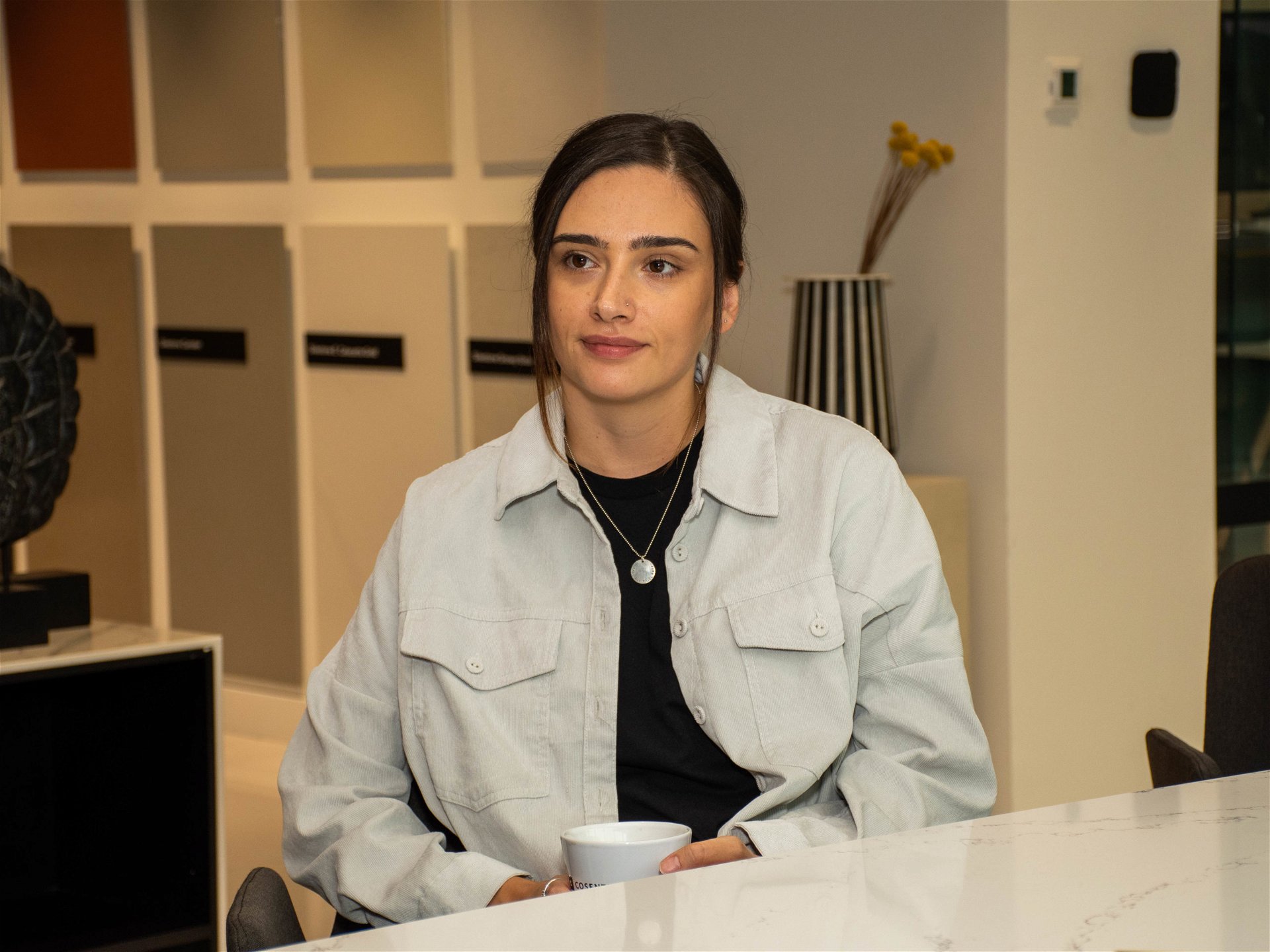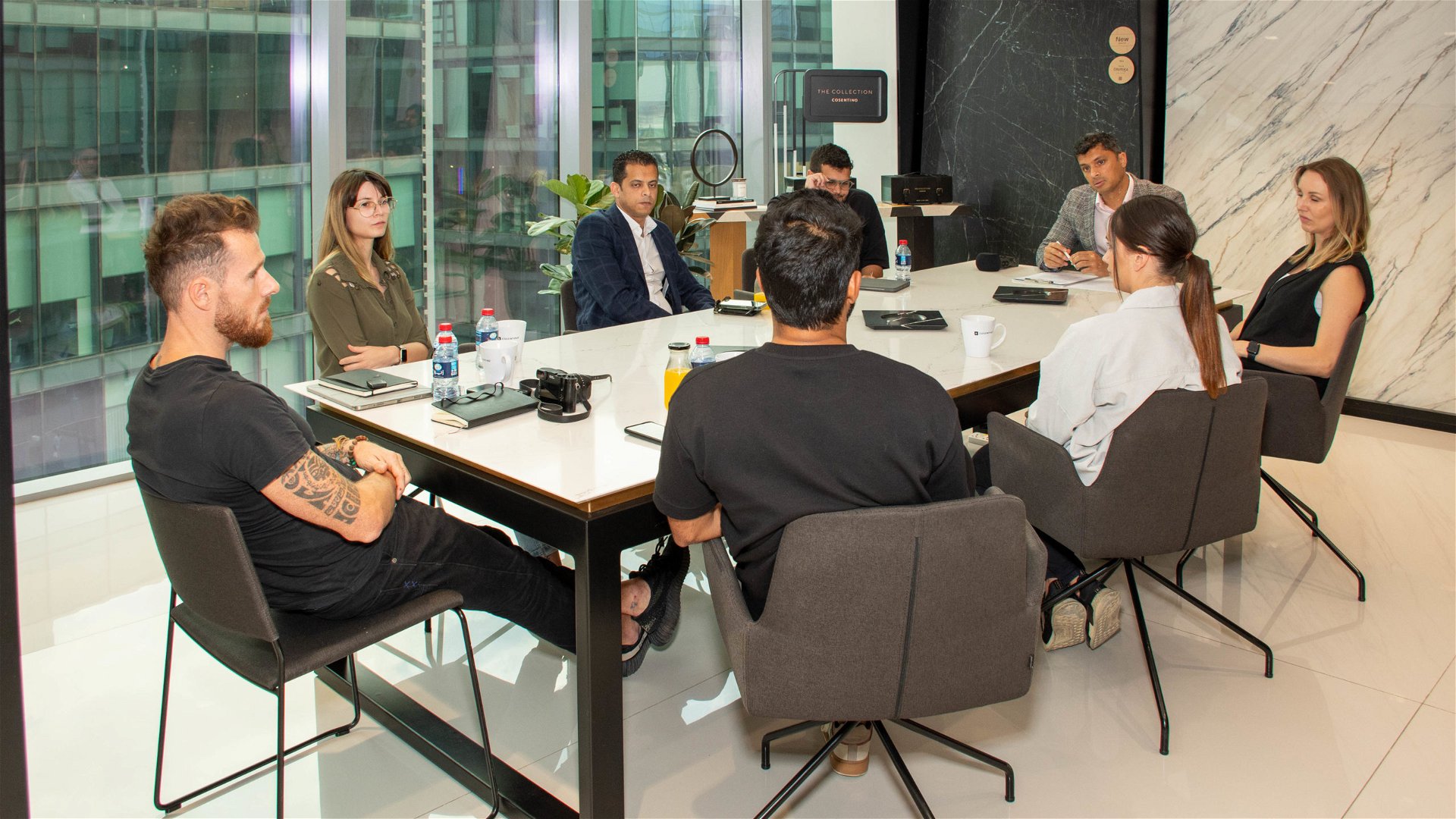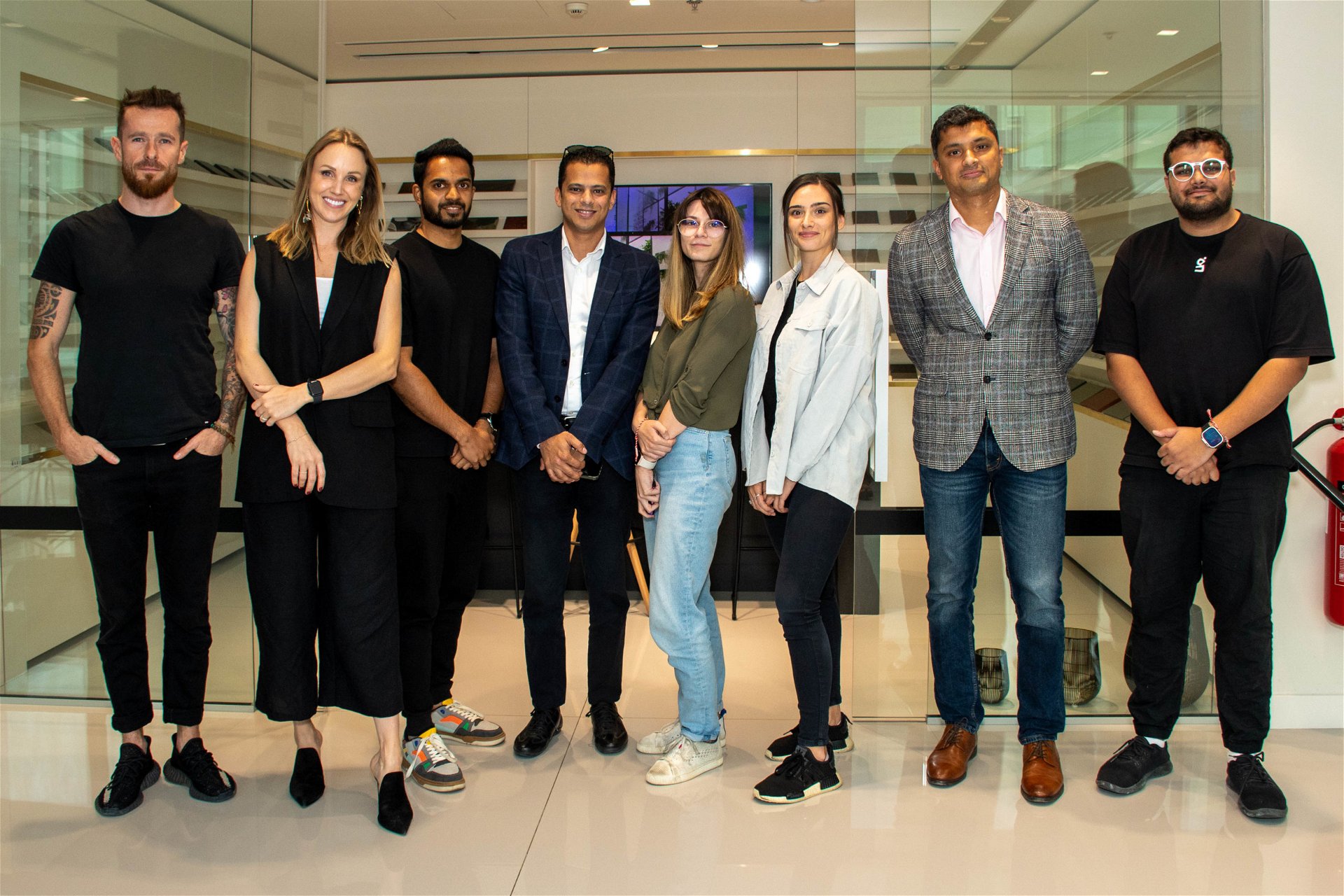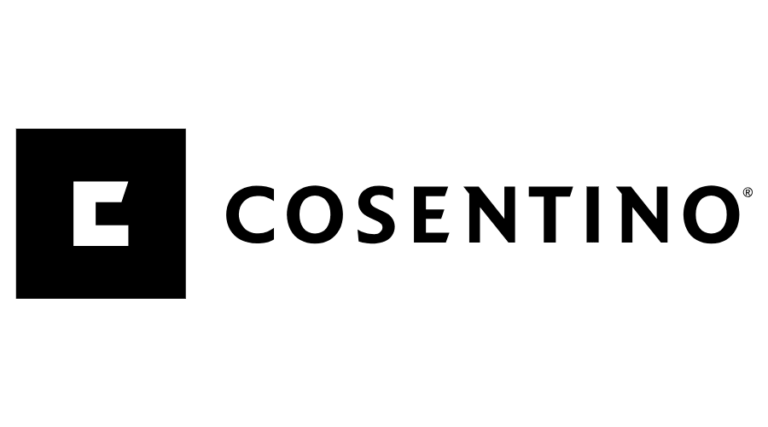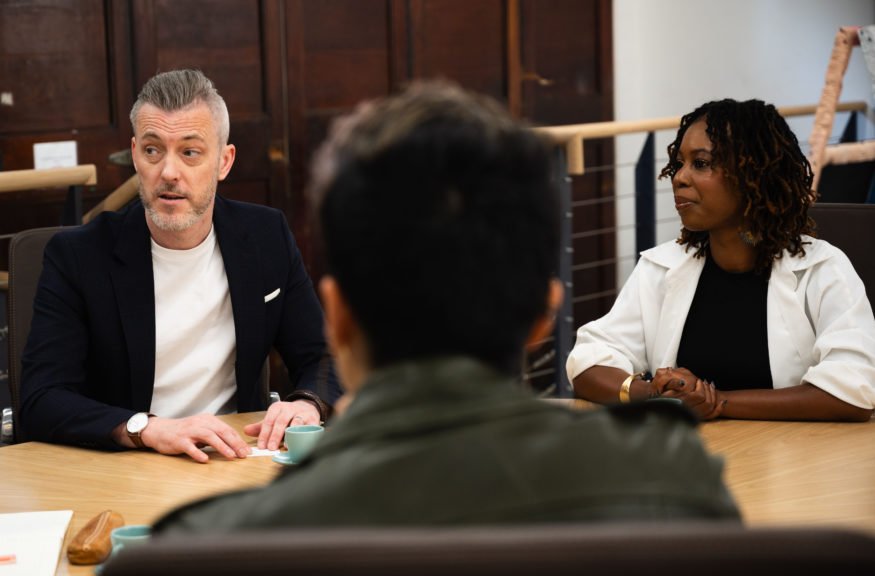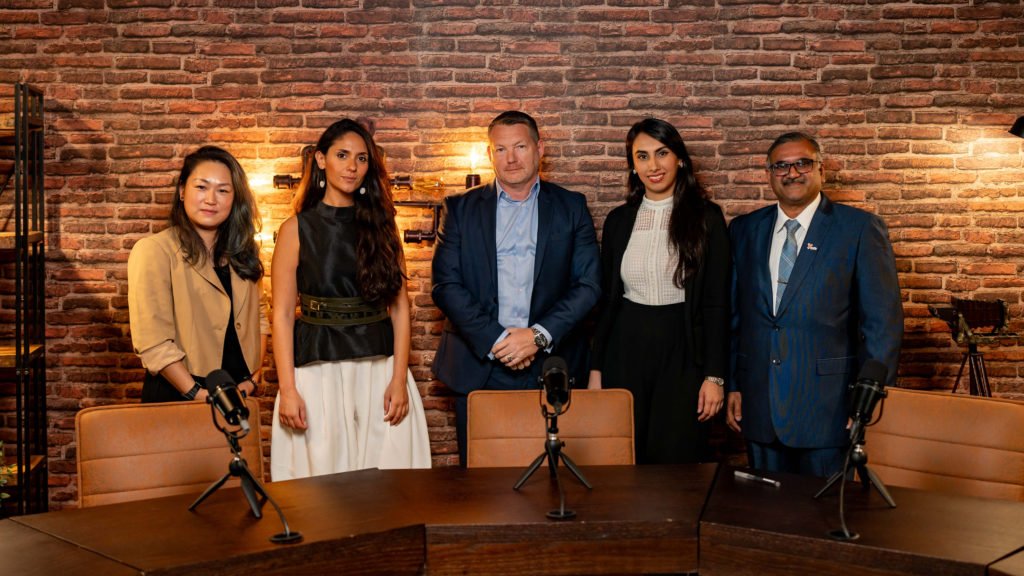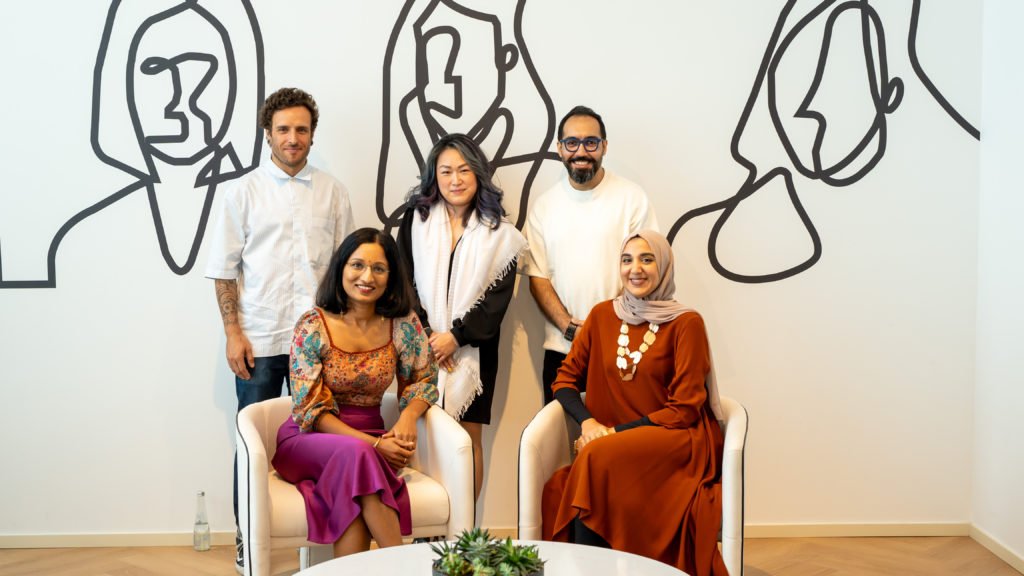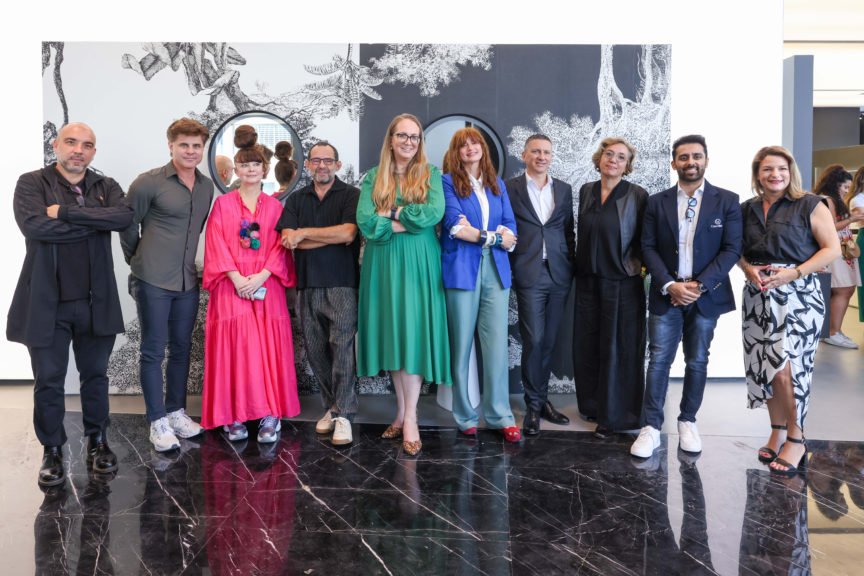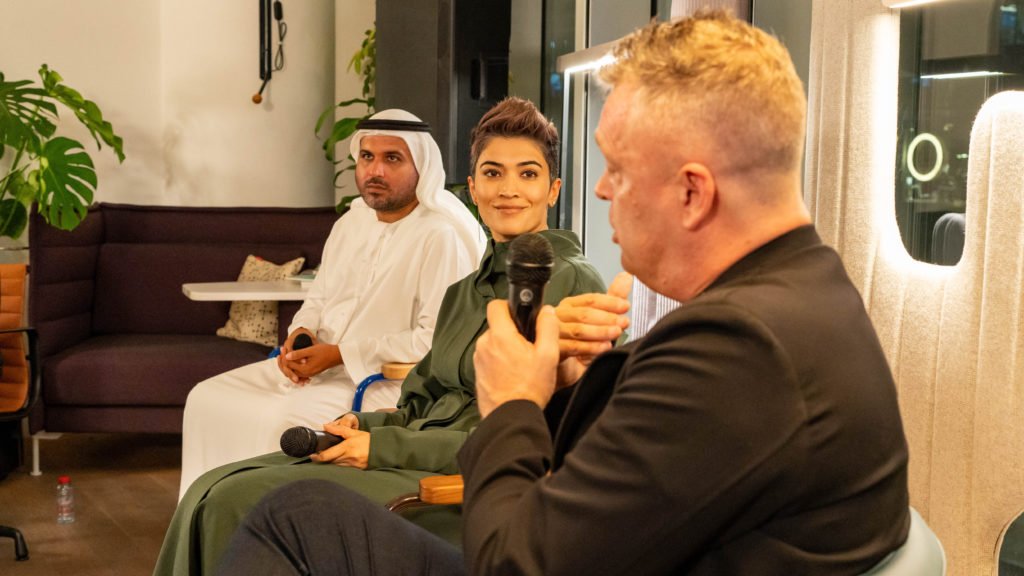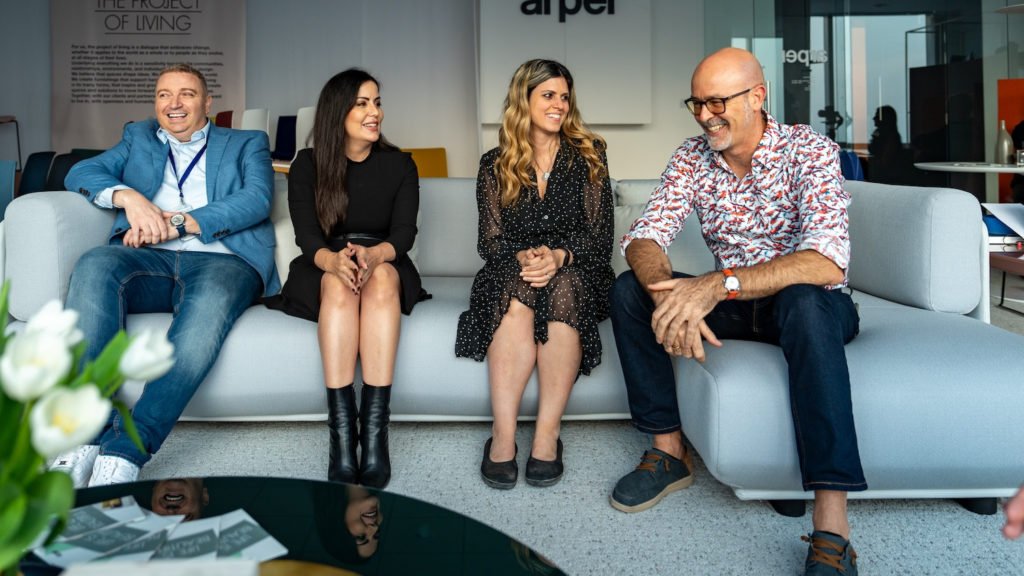The Big Question: Who Owns the Images?
Contracts, Copyrights & Licences
The simple answer to ‘Who owns the images?’ is the photographer who shot them. At any given moment, if a photographer finds that their images have been used without prior consent, they can prove their copyright by simply producing a raw (unedited) version. From thereon, they can rightfully ask the entity to take the image down, begin legal proceedings for copyright infringement or bill them for a licence.
If images shot by a professional are to be used, licences are the ethical approach. Even when a designer or property owner hires a photographer to capture a particular project, they must purchase a licence from the photographer to use the images. There are various types of licences to meet specific purposes. For example, a Commercial Rights licence signifies that the client can employ the photos to directly bring them profit. Notably, the images cannot be distributed to other stakeholders in a project. The licence-holder can be certain that the usage would be non-profit on the end of the other stakeholder (e.g. supplier or sub-contractor). Yet, it is best to be wary of sharing the images with the entity sans the photographer’s consent. Other types include Non-Commercial, Royalty-Free, One Time Use and more.
In case a project is sensitive and private (government or celebrity involvement), clients can opt for a full buyout (i.e., Exclusive Rights) of the images. These rights transfer the ownership to the client, and the photographer loses his copyright over the photos. “Such an opportunity is rare since it costs three times the licensing rate and is often a waste of funds, ” a photography centre professional informed. “The main issues that photographers end up running into are the questions of authorship. There are instances where we allow distribution but not paid distribution or distribution up to certain sizes and formats for marketing but not paid marketing. There are all these minuscule distinctions between all these things.”
To avoid discrepancies, it is best to have a contract (signed by both parties) in place. It must be the foremost requisite. Official paperwork instils a system in the process. It also cements the photographer’s persona as a professional in the client’s eyes. On the other hand, without a stipulated contract, a photographer’s case to prove his copyright can become harder and almost unjustifiable. “The contract does not have to be elaborate. It can be a single sheet of A4 paper”, an experienced photographer iterated. “If you have a trade licence and VAT registered, there is a lower chance that someone will take advantage of you.”
One of the most popular interior design and architecture photographers in the region faced a tough time because of not having contracts in place. “I began my photography career as an in-house photographer for design studios”, he narrated. “At that point, I had no contracts in place. I saw my work being showcased at the prime Sheikh Zayed Road and even on the home rental site, Dubizzle. Although wrong, I could not do anything about it. Eventually, clients became more informed at the outset of drone photography. Due to the government guidelines, I began getting approvals for images. Yet, without contracts, it is far from ideal.”
The most astounding revelation was the mention of a known hospitality group as an unsolicited distributor of images-freely supplying it to their supply chain without any qualms. Besides direct clients, even consumers can be a handful regarding unapproved usage. Disabling downloads on the website also does not deter them from their path. These determined people screenshot, crop and edit images and make do.
The consequences of not having legalities sorted are grave. Not only does the photographer lose the opportunity to earn from his/her own work, but they also stand the risk of landing complications if an image clicked by them is distributed without their consent and they have no means to show a tracking method.
Admittedly drafting contracts is a time-consuming process. For freelance photographers, it means redirecting duration from on-site shoots towards paperwork. In such a case, hiring talent agencies can alleviate pressure. On the bright side, trust built with clients over time can eliminate the contractual proceedings eventually. “Contracts are important, but they are not a replacement for relationship building”, a talent manager reminds.
Parallely, permissions are not an issue in fashion photography. The sole reason is that people understand sanctions more when a person’s face is involved. “Modelling agencies have done a commendable job of defending their model’s rights, and we need to follow suit”, the manager comments.
There is even a new law effective from 2022 in the UAE to penalise unsanctioned use of a person’s face in an image. Culprits can be detained for up to six months and face liability to an AED 700,000 fine.
Credit where Credit is due: Safeguarding Unsolicited Usage & Distribution
NFTs’ Unfulfilled Promise, DAM Systems, PR Agencies and Domain Tracking
Not too many moons ago, the intense crescendo of NFTs (Non-Fungible Tokens) brought a wave of hope amongst photographers and other creative professionals. The hype was so short-lived and disappointing that a good majority never joined it. The concept of an issued unique digital identifier recorded on a blockchain to certify ownership and automatically credit payment was impressive but incompetent.
A less-technological but more proficient alternative to NFTs is DAM (Digital Asset Management) Systems. These systems are employed by more prominent organisations, such as the Louvre, Abu Dhabi, to track the usage of each of the pictures in their inventory. “This is a place where every image is tracked with every usage instance and every contract”, the manager of a regional photography collective shared. “These are custom tools that huge companies hire. Only a few companies in the world do this, but there’s nothing similar accessible for individual photographers or smaller companies.
The expert defined PR (Public Relations) and Talent Agencies as DAM Systems for smaller organisations. “Agencies are what NFTs were supposed to be artists. No established trust in the blockchain is a core reason for the downfall of NFTs. The human element was amiss. NFTs are much like currency. For it to work, everyone needs to believe in it”, he opined.
In the long run, a solution for photographers could be a SaaS (Software as a Service) System that provides authentication stamps for even freelance photographers in exchange for a subscription. Until then, agencies can provide tracking support for photographers.
As put by another member on the table, agencies are ‘matchmakers’ between clients (designers and property owners) and photographers. Photographers are often solopreneurs and are subject to tackling contract deliberations, schedule management and invoicing, and shooting images of the locations. With the pile of tasks, agencies can offer some relief to them.
Moreover, a photographer can enlist in an agency and continue freelancing simultaneously. Although signing with an agency can help ‘Divide and Conquer’. The partnership would allow the talent to invest more time in their core job and the agency be the administrative front. If well-oiled, the strategy holds the potential to generate higher revenue.
“It is not that agencies have a better chance at procuring fees or securing work than individual photographers”, a representative from an agency testified. “It’s more about having the time to do it. Having an agency or someone representing you is useful because you can focus on the actual work.”
For instance, having a client on-site who is too introverted or intrusive can hinder focus—dealing with a client while photographing can be distracting and unfavourable. An agent whose sole job is to tackle communications and ensure timely payments can be conducive.
PR and Talent Management agencies can also be viewed as on-site managers. Their comprehension of the photographers’ scope of work and the clients’ needs is immaculate and in the best interests of both sides. Talent management agencies are the bridge between clients and photographers, while PR agencies can be referred to as a client’s publishing and visibility agent. Their interest in safeguarding photographers’ rights comes from shielding clients from the ruckus. In a way, photographers are ‘sub-clients’ to PR agencies.
“We know exactly what is needed – where a particular project could be published and what kind of photographs the particular publication favours”, a PR agency representative revealed. “The images for personal albums, websites and portfolios differ from what magazines seek.”
PR agencies have a database with all the resources (images and press releases). The team typically shares the assets with publications and journalists with a link. So, every time an image is downloaded, they are notified (with details such as email ID and organisation). Hence, a detailed list of professionals permitted to use the images is readily available in their systems. “We’re a maker’s industry. Ownership rights are super important for us. We also make it a point to submit a document (mentioning rights and guidelines) to the journalists and publications,” the representative comments.
Moreover, when an online publication uses images without a licence, it can be easier for a PR agency to be assertive because they have established relationships within the community. Even Talent Management and Media Organisations confirm the usage of the images multiple times with the client. Safeguarding the rights and monetising the work of photographers and other creative vendors is imperative for these entities.
Yet, sometimes photographers can come across their images being used online without permission. If reaching out to the website yields no result, the next course of action should be writing to the domain host of the website. There are five main domain hosts, and contacting them with the raw file will trigger an official notification to the website owner to either take the image down or bear the consequence of a website shutdown.
A Photographer’s Scope of Work
Brief, Creative Direction and Portfolios
A brief is as essential to a photographer as to an interior designer. The document usually entails a client’s quantitative requirements, such as the number of photographs required, the days or hours of shoot needed and the angles that need to be covered. It also encapsulates what the client is expecting in terms of output.
If a brief remains unspecified, clients can very well turn to photographers after receiving the images and express their disapproval. The photographer who might have done their best also is left feeling unappreciated. A brief captures the client’s intent and ensures time and funds aren’t squandered on both ends.
Through a brief, the photographer can also understand whether they are the right professional for the job. Details like the equipment (tripod, gimbal, lights, mics, and more), research and level of expertise also become pertinent. Specifically, in the case of interior and architectural photography, the firm might want to bedeck the space with plants and decor. The photographer can then also suggest hiring an interior stylist. Unless discussed, a client might assume the photographer would have the props for the same. When in reality, set styling is separate from the scope of photographers.
Most photographers involved in the discussion were architects first and photographers second. To them, a detailed description of the concept and idea behind the design solution also helps them bring out the best in the pictures.
“Everything that the photographer does is about storytelling, and we want to capture the story through the interiors”, an expert representing clients began. “Besides letting them in on the story, we also share the renderings of the space with the photographers. So they have a definitive set of angles to capture. In addition, anything else that they want to bring to the table can be accommodated.”
An architectural photographer shared an instance where the architect and his team sat him down to explain the process, concept and idea behind the built project. The meeting soared his curiosity and piqued his interest in the project. While he was already immensely impressed by the project, the briefing had turned it into a prospect to expand his portfolio.
Generally, being a freelancer means juggling between many professional hats; it is part and parcel of the genre. That being said, on paper, creative direction is separate from the scope of a photographer. With experience, photographers learn the tricks of the trade. However, it is crucial to pair an experienced team member (preferably one involved in the project’s design) with the photographer on shoot day.
“Sometimes we are paired with young marketers on-site”, a photographer mentioned. “In their naivety, they present Tik Tok and Instagram snippets as inspirations for the shoot. To me, it is demotivating because a viral post doesn’t automatically mean it is well-composed or curated. Good references are typically found in magazines and books, and that work is motivating.”
Photographers, especially those freelancing, can be fuelled by work that will improve their personal portfolio. An effective strategy could be to involve them in a project that excites them and even helps them build their repertoire. These professionals are passionate creatives, and boosting morale could culminate in a desired outcome on both ends.
Factors for a Smooth Give-and-Take between a Photographer and Client
Communication, Organisation and Incentives
As iterated so far, communication and organisation are key to successful transactions between clients and photographers. Agencies can help iron out and track the process seamlessly. Nonetheless, frequently touching base and developing a cordial, professional relationship with photographers can reap the desired result. Portfolios are incumbent to a photographer’s professional trajectory. If their portfolio benefits through a project, they will be inspired to deliver their best. Refer to A Photographer’s Scope of Work and make it your holy grail.
Involve a photographer in the story of design, treat them like an artist, provide appreciation and communicate obsessively on what is required. Interiors photography is a genre where both parties are creative individuals. Make use of the similarities and aim to glorify their muse.
“We are in the same boat – interior designers and photographers”, a photographer brought out. “Just like our copyrighted images can be stolen right under our nose, in the same way, a conniving client could steal a design and hire a cheaper build to execute it.”
Omnipresent in all business, payments can, too, be a bone of contention. Courtesy of having physical collateral with them (un-watermarked photos), photographers can withhold services in lieu of payments, unlike the plight of interior designers. Yet, this does not mean they are exempt from payment delays.
“To wait 90 days for payments to come through is unacceptable”, an expert put forth. Most of the table agreed that anything more than 60 days could be why they were not working with a specific client again.
How to Charge Clients as Interiors Photographers?
Industry Standards, Strategies, What Platform to Leverage and Reaching A Number
The advertisement and marketing industries have evolved drastically in the past decade. Companies have moved on from the billboard hype and succumbed to the social media frenzy. The shift is a direct hit for photographers because the valuation for billboard usage is astronomically higher. This calls for all the more reasons to hike rates and generate income from unfair use.
For beginners, one of the experts on the table put forth a simple formula to calculate rates. First, arrive at the number you need in a month. Then divide that by the number of working hours or days, and arrive at an hourly or day rate. It can be tough to break into the network since most agencies have a trusted pool of service providers. Agency and Client representatives, however, were forthcoming and expressed no qualms about working with new talent. Approaching clients and agencies for feedback is also an effective ice-breaker. Registering your name in the memory could result in opportunities.
“Sometimes we see a new photographer come up on LinkedIn or Instagram, and we think, ‘Let’s try work with them.’ Even magazines are a brilliant directory of high-quality photographers. We are on the lookout because even though some photographers do amazing work, they are a nightmare on-site”, a PR representative said.
When starting as an entrepreneur, it is necessary to be worth the charging amount in the clients’ eyes. It could be in the form of working on personal websites, improving the portfolio or even gathering more testimonials, the journey to higher rates should be perpetual. Another way could be positioning oneself in a more appealing manner. Educate clients about usage rights or throw in extra fees for more tasks (collaborate with a video editor or graphic designer). Package deals and breaking down a service can result in value recognition.
Developing a strategy to collect payments is also vital. Some tried and tested methods are to first ask for a certain percentage of the amount as advance (say 40%) before the shoot. After the shoot, send the photographs with a watermark and only release the unwatermarked images once the remaining payment has been credited. This might not be ideal for larger companies since they have stringent payment cycles. Again, investing in professional relationships and navigating a strategy for each client could look different. Whether or not a photographer wishes to have a uniform code of conduct is up to them.
Eventually, as photographers start accruing expertise, they can get pickier with clients and projects. A side-by-side comparison of the engagement a beginner’s photography generates versus yours would help them grasp the quality difference better. Remember, there is no market standard, and it depends on a professional’s expertise.
A scheme that both beginners and experienced interiors photographers could leverage is a cost-sharing program. All stakeholders involved in a project need images for marketing purposes. A simple method could be offering a certain discount percentage if more than one licence is warranted for a single project. (For example, 25% off the licence fees if four stakeholders need the images). The deal successfully educates clients and generates income for the photographer at the same time.
In the end, the conclusion rang similar to our last roundtable regarding payments. There needs to be a union of professionals in the region to agree upon a standard set in the industry. The standards need not be about charging amounts. Reaching a consensus on the ceiling to wait for payments can create unity. Standing united against long-winded payment timings and unfair distribution of images can urge clients to stop being so off-handed.
Most of all, everybody in the chain must bear the responsibility of educating others. There needs to be a shift in mindsets. Photographers need to be perceived as commissioned artists and not vendors. The change is foundational. Hence the sooner the chain reaction begins, the better.
Click arrow to jump to other topics ⮟

